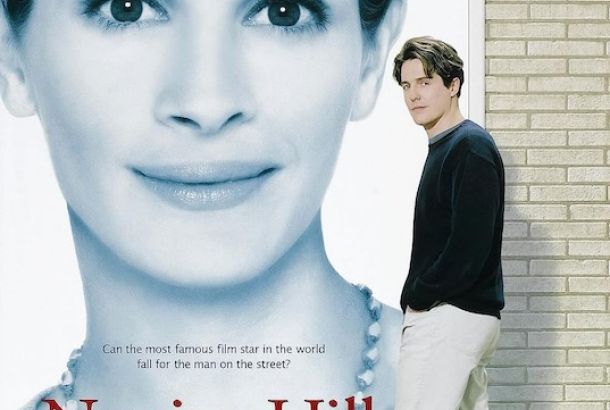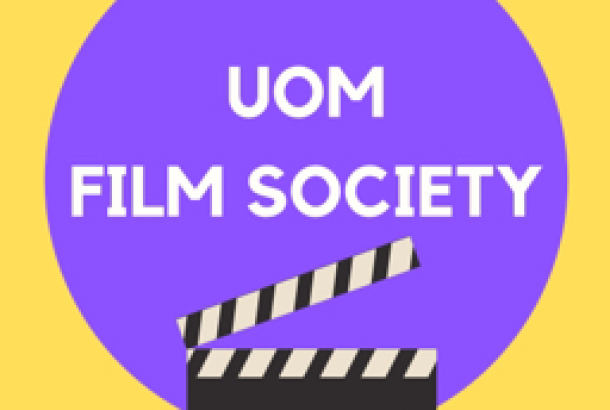Classic Review: Gilda
By Nadia Cheung
There were a lot of films of the film noir genre which were released in the mid-1940s and this reflected many attitudes during and after the Second World War. Filmed in black and white and set in Buenos Aires, Argentina, just as World War Two ended, Gilda does not have the typical Hollywood narrative of equilibrium-disequilibrium-equilibrium. In fact, you could even argue that there is no narrative structure at all, that some events happen in the film out of nowhere, leading you to surprise or befuddlement.
This film stars Rita Hayworth as the central character of Gilda, represented with the suggestion that she is the femme fatale character because she is the only female you ever really get to know at all; there is no questioning as to why that is. The femme fatale in this film is portrayed in a different light because you feel empathy for her. This contrasts with most femme fatales you may have come across, such as Barbara Stanwyck’s character Phyllis Dietrichson in Double Indemnity, where you do not at all see the struggles of the femme fatale and therefore cannot empathise or experience any particular emotions for her. You come to accept the punishment of the femme fatale because she has done wrong, favouring the male protagonist, who is the wronged one. In Gilda, however, you do empathise with the femme fatale, because you see her fall victim to the character of Johnny (Glenn Ford), her love. Gilda is subjected to punishment at numerous points in the film, which in some respect makes you truly feel sorry for her. This is subject to opinion, however.
What I have found most intriguing about this film is the relationship between the two central male characters, Johnny and Ballin (George Macready) which you could somewhat describe as homoerotic. Several scenes are accompanied by visual innuendos; the weapon that Ballin had called his “little friend” hints at the third person in Ballin and Johnny’s relationship when Gilda is not present, leading us to the idea that this relationship is more than just a friendship. You might compare the weapon as possessing similarities to Gilda, who is the object of desire for both of these characters in this film.
All in all, I think this film is a must-watch. There is a lot that can be read in this film and so many possible interpretations to be found, viewing after viewing, that it is certainly a classic. And if you haven’t seen it, well, what’s stopping you?







